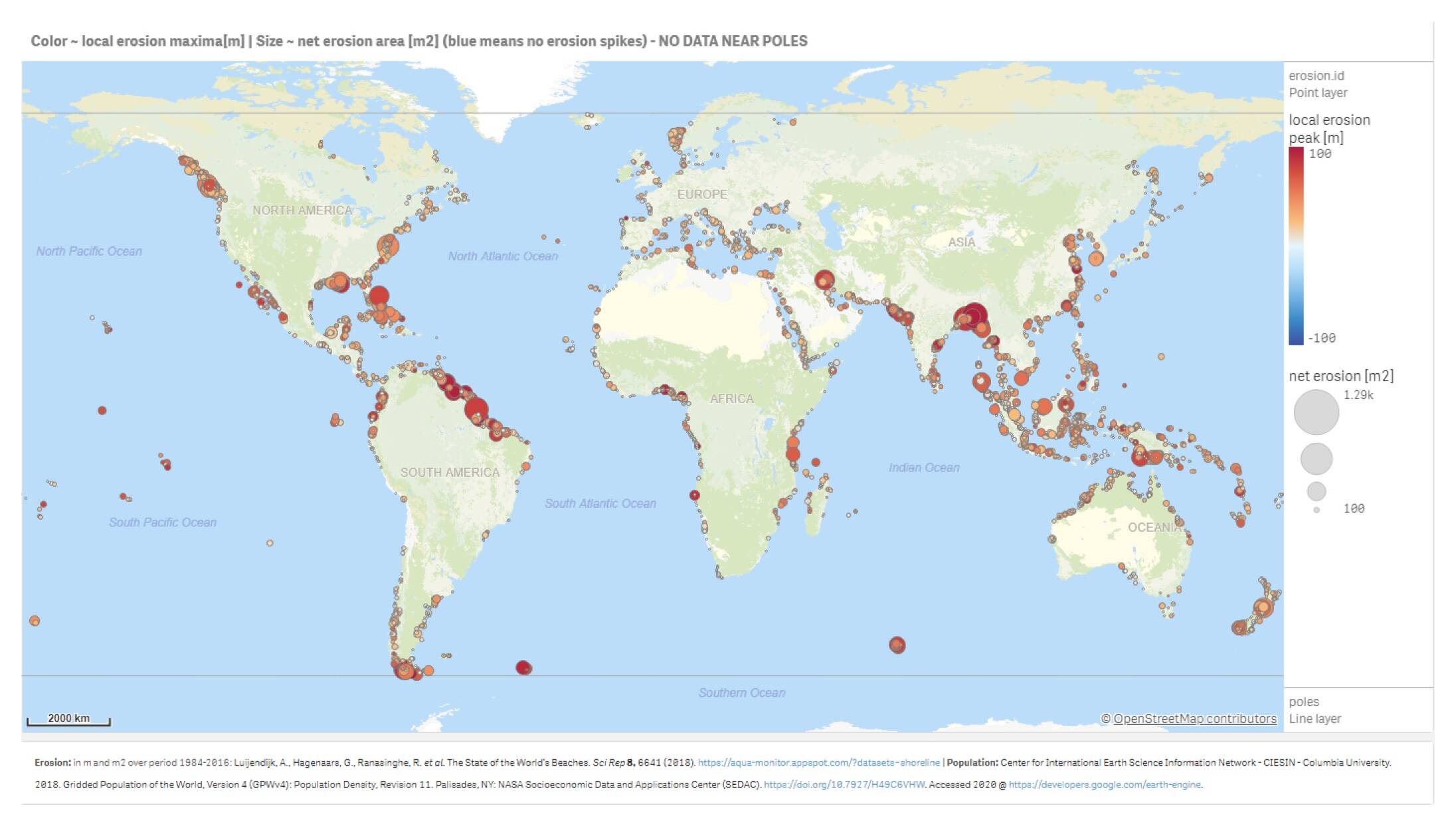
Interview
The year of
climate adaptation
2020 was the international Year of Action on climate adaptation. Van Oord took the opportunity to launch its Climate Adaptation Action Plan.
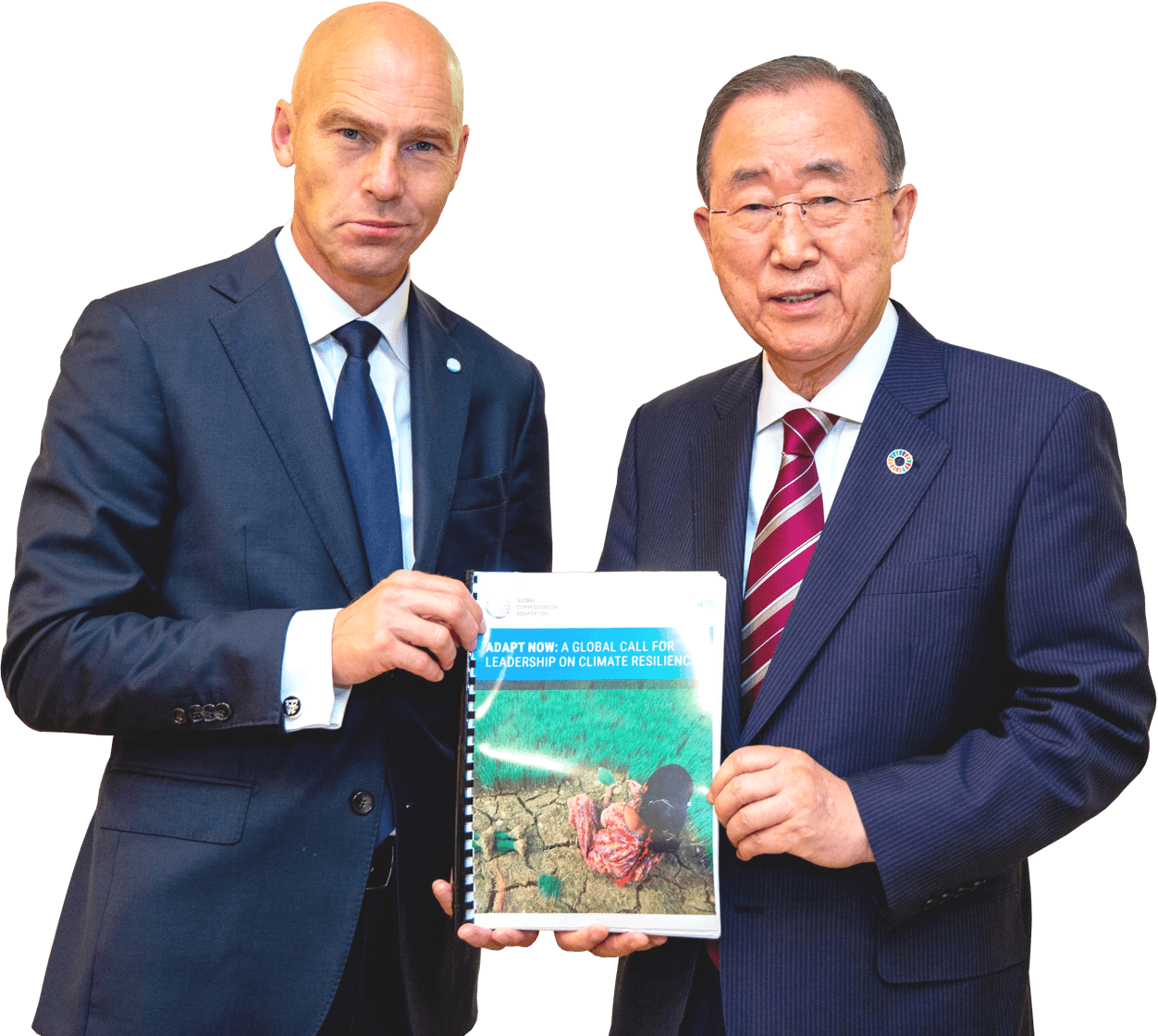
Scroll down to read more
Patrick Verkooijen and Ban Ki-moon

The world needs to pivot and overhaul how we approach sustainable development.
A sustainable future must be prioritised, both in the action we take and in financing.
Van Oord’s ambition is to stimulate and accelerate business activities that play a role in protecting populations and landscapes against the risks of flooding driven by climate change. Patrick Verkooijen, CEO of the Global Center on Adaptation (GCA), shares his views on the plan.
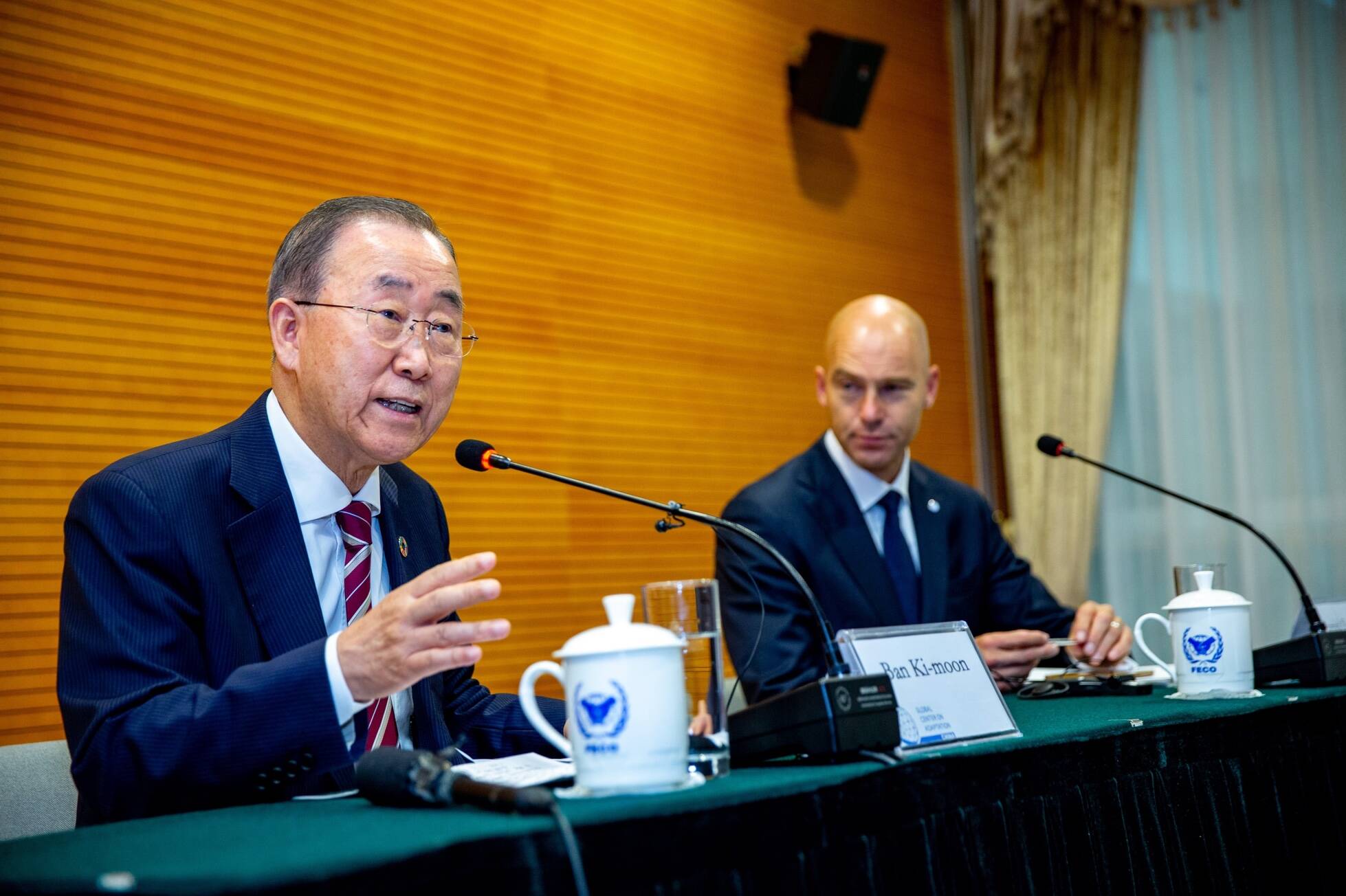
It’s time for change
The world is at a crossroads, says Patrick Verkooijen. ‘Since the Paris Agreement was adopted in 2015, action to combat climate change has been inadequate in terms of both scale and pace. A sustainable future must be prioritised, both in the action we take and in financing. What do we need to achieve this? Put simply, money and leadership.
The world needs to pivot and overhaul how we approach sustainable development. Climate adaptation must be central to this, with every decision reflecting climate-driven needs and realities. We will never achieve the level of change required without support from the private sector.’


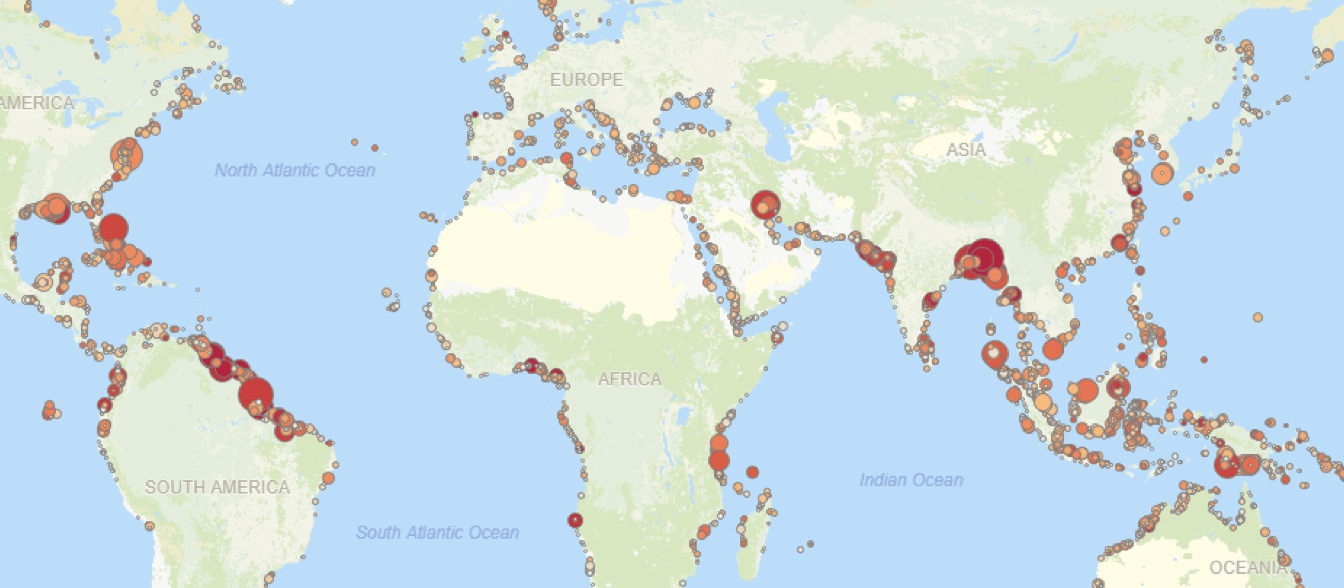
Van Oord had the opportunity to attend COP26.
Read more about our involvement:

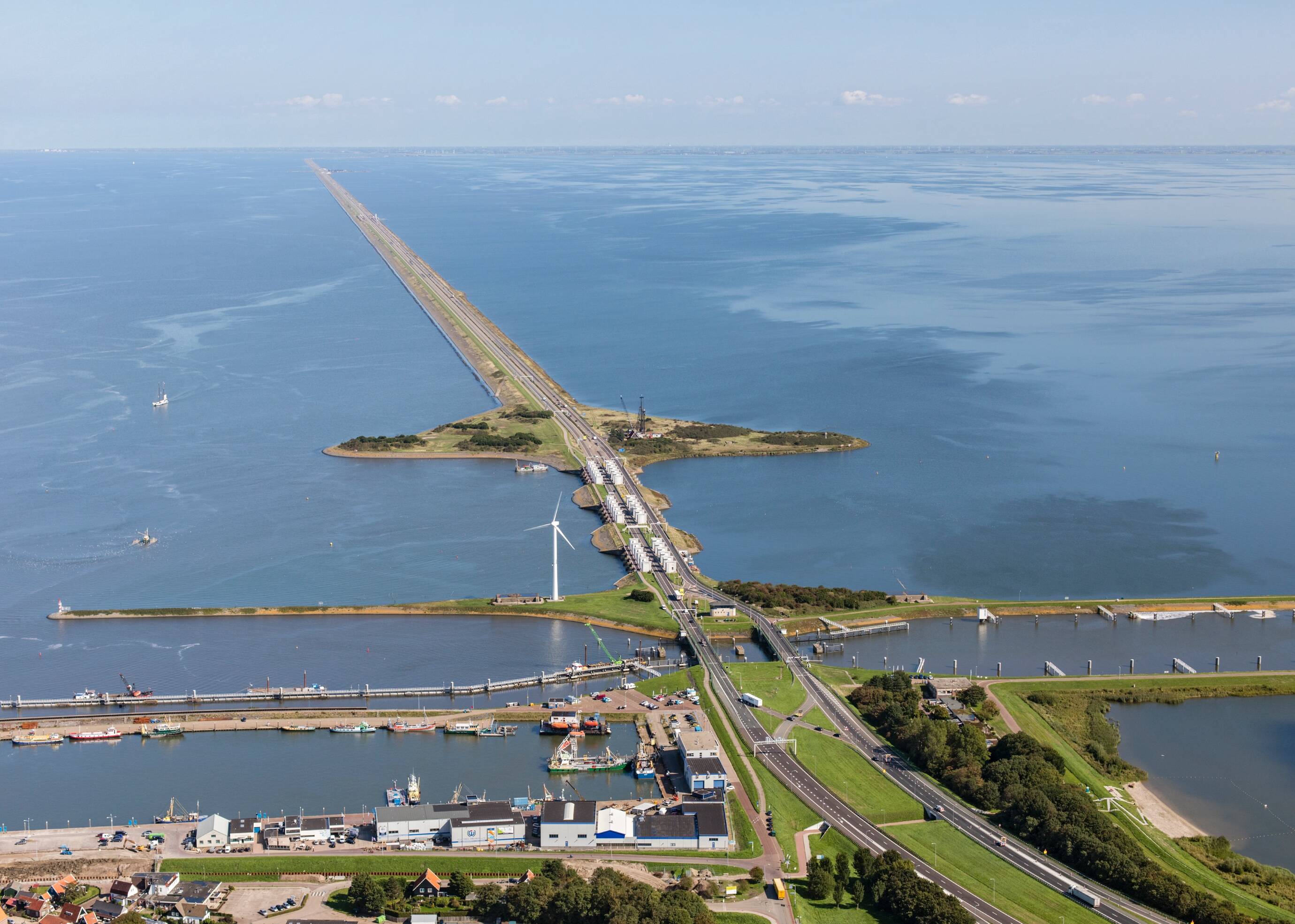
Cooperation and collaboration
Patrick had this to say about Van Oord’s Climate Adaptation Plan: ‘Climate change doesn’t respect borders. It’s an international problem that can only be solved through cooperation and collaboration across borders. Given that most of the Netherlands is largely below sea level, the battle against water is part
of our history. The GCA and Van Oord have taken a leading role in developing the climate risk overview showing the geographical areas most exposed to climate risk, simultaneously Van Oord – known as a problem-solver – is coming up with the best marine-engineering solutions for specific areas.’
The Afsluitdijk, the Netherlands
Sustainable climate adaptation
An increasing number of Van Oord’s projects are driven by the need for sustainable climate adaptation solutions. Recent examples are Van Oord’s coastal erosion project in Saly, Senegal and the reinforcement of the Afsluitdijk in the Netherlands.


Inclusive solutions
Nature-based solutions will also play a crucial role in projects in the future, with Van Oord and the GCA hoping to promote them in traditional engineering projects. ‘If we’re smart, we should be able to do three things. First, put an end to the destruction of natural habitats. Second, restore habitats that have been degraded. And third, harness nature-based solutions in the built
environment. To give an example, the GCA works with China on its sponge cities initiative, which is transforming urban planning to incorporate green parks, water gardens, permeable pavements, green rooftops and underground reservoirs. The goal is to capture, reuse or absorb up to 80 percent of storm-water runoff in China’s urban areas by 2030,’ says Patrick.
We want to ensure that the world steps up.

Curriculum Vitae
Patrick Verkooijen
Patrick Verkooijen is the CEO of the Global Center on Adaptation (GCA), an international organisation that brokers solutions to accelerate climate adaptation, from international to local, in partnership with the public and private sector.
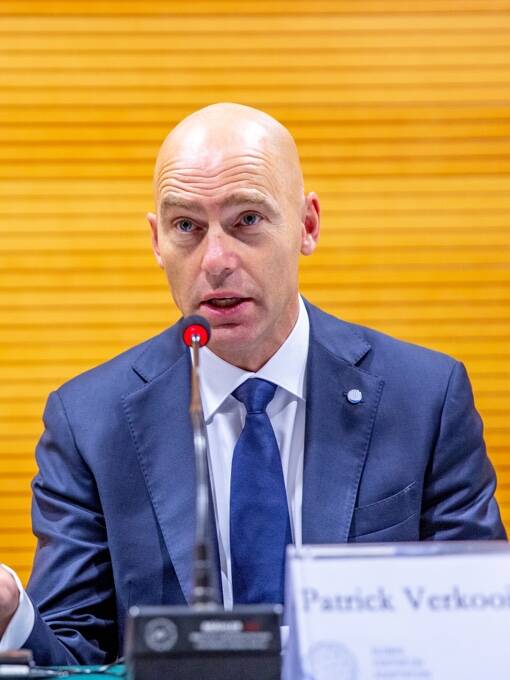
Future perspective
The GCA supports the Paris Agreement and the UN Sustainable Development Goals. ‘We want to ensure that the world steps up to the challenge of adapting to a changing climate and makes the necessary transformation,’ Verkooijen concludes.
back to top
Curiculum Vitae
Patrick Verkooijen
Interview
The year of
Patrick Verkooijen is the CEO of the Global Center on Adaptation (GCA), an international organisation that brokers solutions to accelerate climate adaptation, from international to local, in partnership with the public and private sector. Its aim is to ensure we all learn from one another and work together on building a climate-resilient future. Founded in 2018, the GCA is hosted by the Netherlands and works with a knowledge and research hub in Groningen from its headquarters in Rotterdam. The GCA is establishing a worldwide network of regional offices in Africa, Asia and the Americas, starting with a global innovation hub for climate adaptation in Beijing. The organisation is chaired by 8th Secretary General of the United Nations, Ban Ki-moon, and former Honorary Chairman of Royal DSM, Feike Sijbesma.
Verkooijen is Professor of Practice in Sustainable Development Diplomacy at the Fletcher School of Law and Diplomacy. He was previously Climate Adviser and Special Representative for
Climate Change at the World Bank Group and led the global effort to put a price on carbon ahead of the Paris Summit in 2015.
Verkooijen holds a PhD in Sustainable Development Diplomacy from Wageningen University, a master’s in Public Administration from Harvard University, and a master’s in Social and Political Philosophy from the University of Amsterdam. Verkooijen chairs the University of Groningen’s Climate Adaptation Programme.
climate adaptation

2020 was the international Year of Action on climate adaptation. Van Oord took the opportunity to launch its Climate Adaptation Action Plan.
Patrick Verkooijen and Ban Ki-moon
Van Oord’s ambition is to stimulate and accelerate business activities that play a role in protecting populations and landscapes against the risks of flooding driven by climate change. Patrick Verkooijen, CEO of the Global Center on Adaptation (GCA), shares his views on the plan.
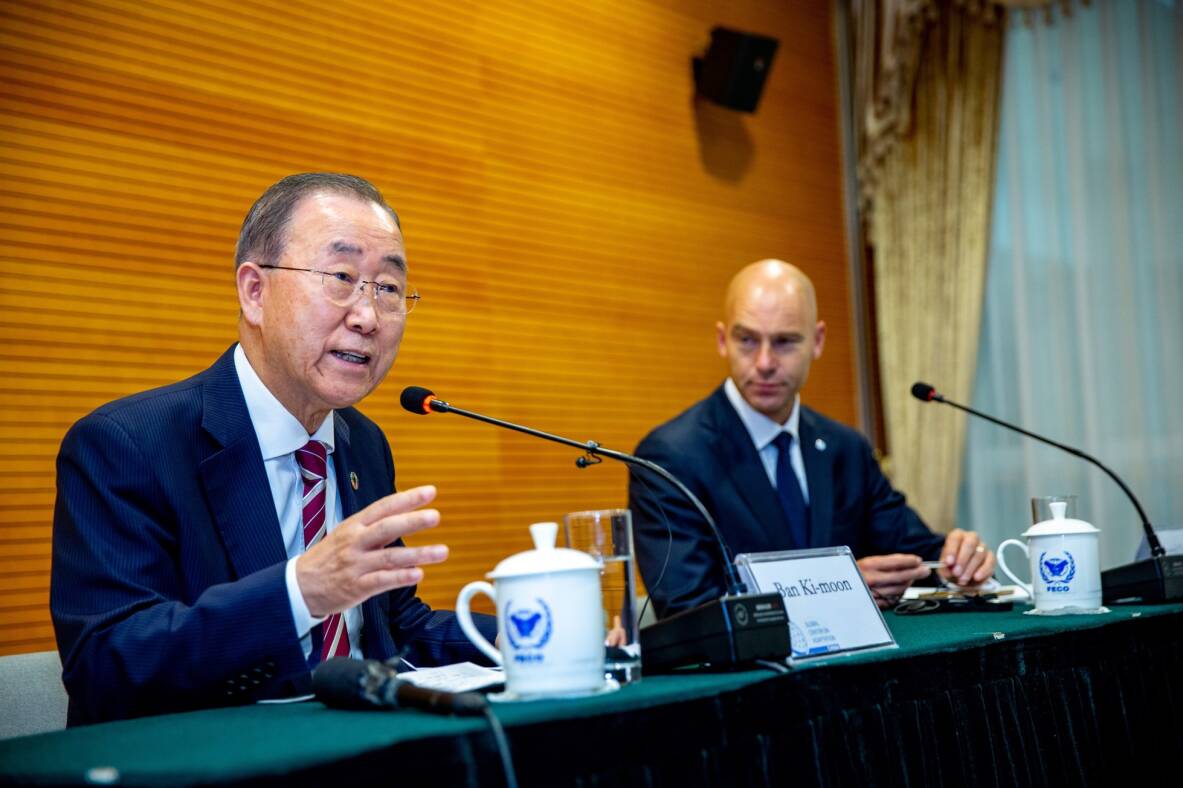
It’s time for change
The world is at a crossroads, says Patrick Verkooijen. ‘Since the Paris Agreement was adopted in 2015, action to combat climate change has been inadequate in terms of both scale and pace. A sustainable future must be prioritised, both in the action we take and in financing. What do we need to achieve this? Put simply, money and leadership.
The world needs to pivot and overhaul how we approach sustainable development. Climate adaptation must be central to this, with every decision reflecting climate-driven needs and realities. We will never achieve the level of change required without support from the private sector.’



The world needs to pivot and overhaul how we approach sustainable development.


Cooperation and collaboration
Patrick had this to say about Van Oord’s Climate Adaptation Plan: ‘Climate change doesn’t respect borders. It’s an international problem that can only be solved through cooperation and collaboration across borders. Given that most of the Netherlands is largely below sea level, the battle against water is part of our history. The GCA and Van Oord have taken a leading role in developing the climate risk overview showing the geographical areas most exposed to climate risk, simultaneously Van Oord – known as a problem-solver – is coming up with the best marine-engineering solutions for specific areas.’
The Afsluitdijk, the Netherlands
Sustainable climate adaptation
An increasing number of Van Oord’s projects are driven by the need for sustainable climate adaptation solutions. Recent examples are Van Oord’s coastal erosion project in Saly, Senegal and the reinforcement of the Afsluitdijk in the Netherlands.


Inclusive solutions
Nature-based solutions will also play a crucial role in projects in the future, with Van Oord and the GCA hoping to promote them in traditional engineering projects. ‘If we’re smart, we should be able to do three things. First, put an end to the destruction of natural habitats. Second, restore habitats that have been degraded. And third, harness nature-based solutions in the built environment. To give an example, the GCA works with China on its sponge cities initiative, which is transforming urban planning to incorporate green parks, water gardens, permeable pavements, green rooftops and underground reservoirs. The goal is to capture, reuse or absorb up to 80 percent of storm-water runoff in China’s urban areas by 2030,’ says Patrick.
We want to ensure that the world steps up.

Future perspective
The GCA supports the Paris Agreement and the UN Sustainable Development Goals. ‘We want to ensure that the world steps up to the challenge of adapting to a changing climate and makes the necessary transformation,’ Verkooijen concludes.
back to top
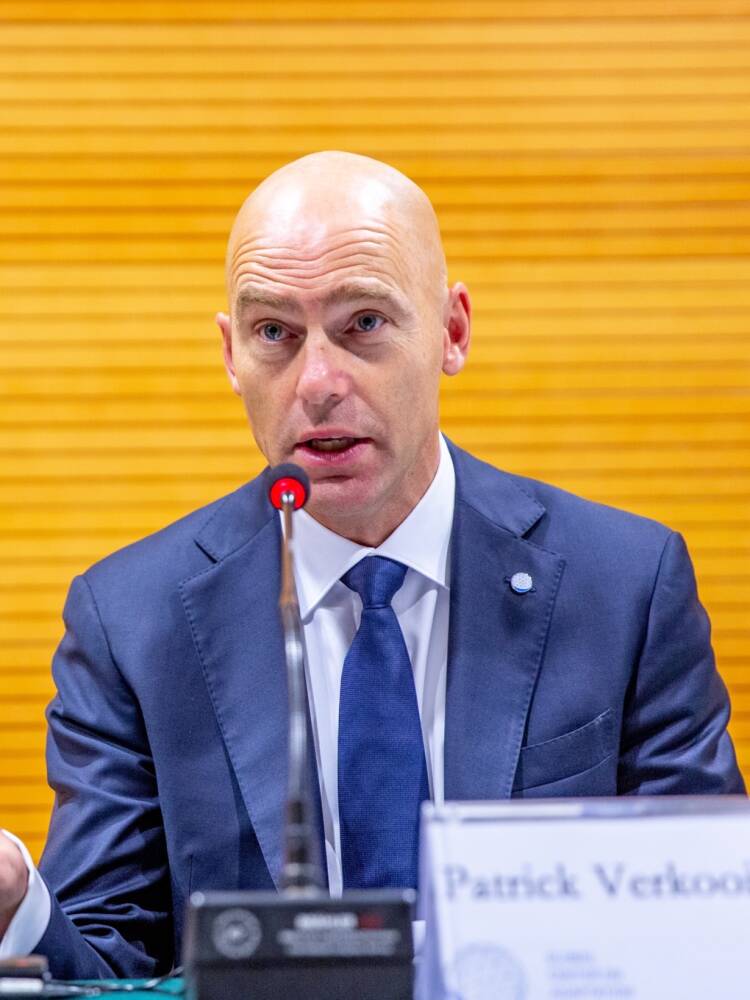
Scroll down to read more


